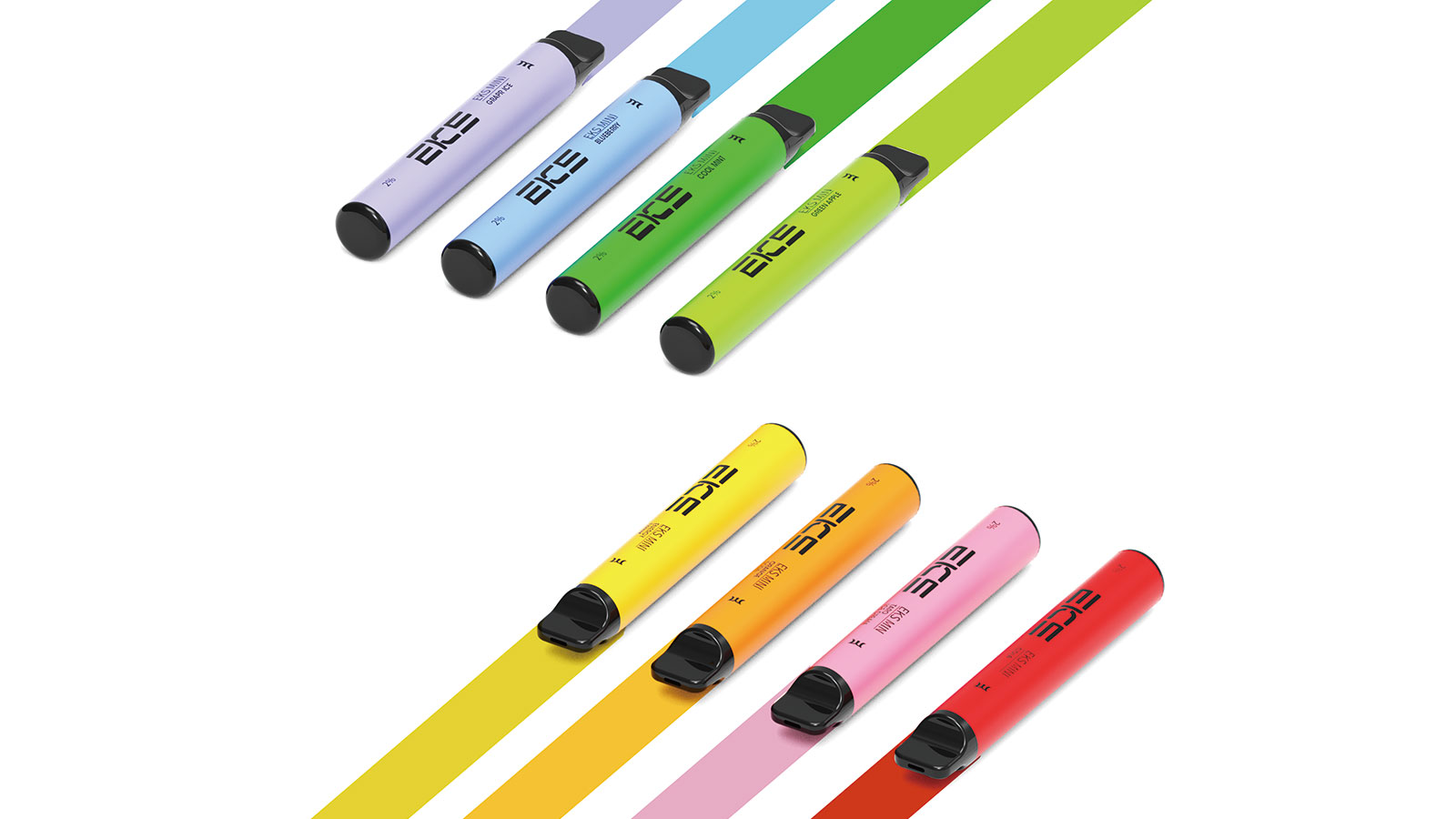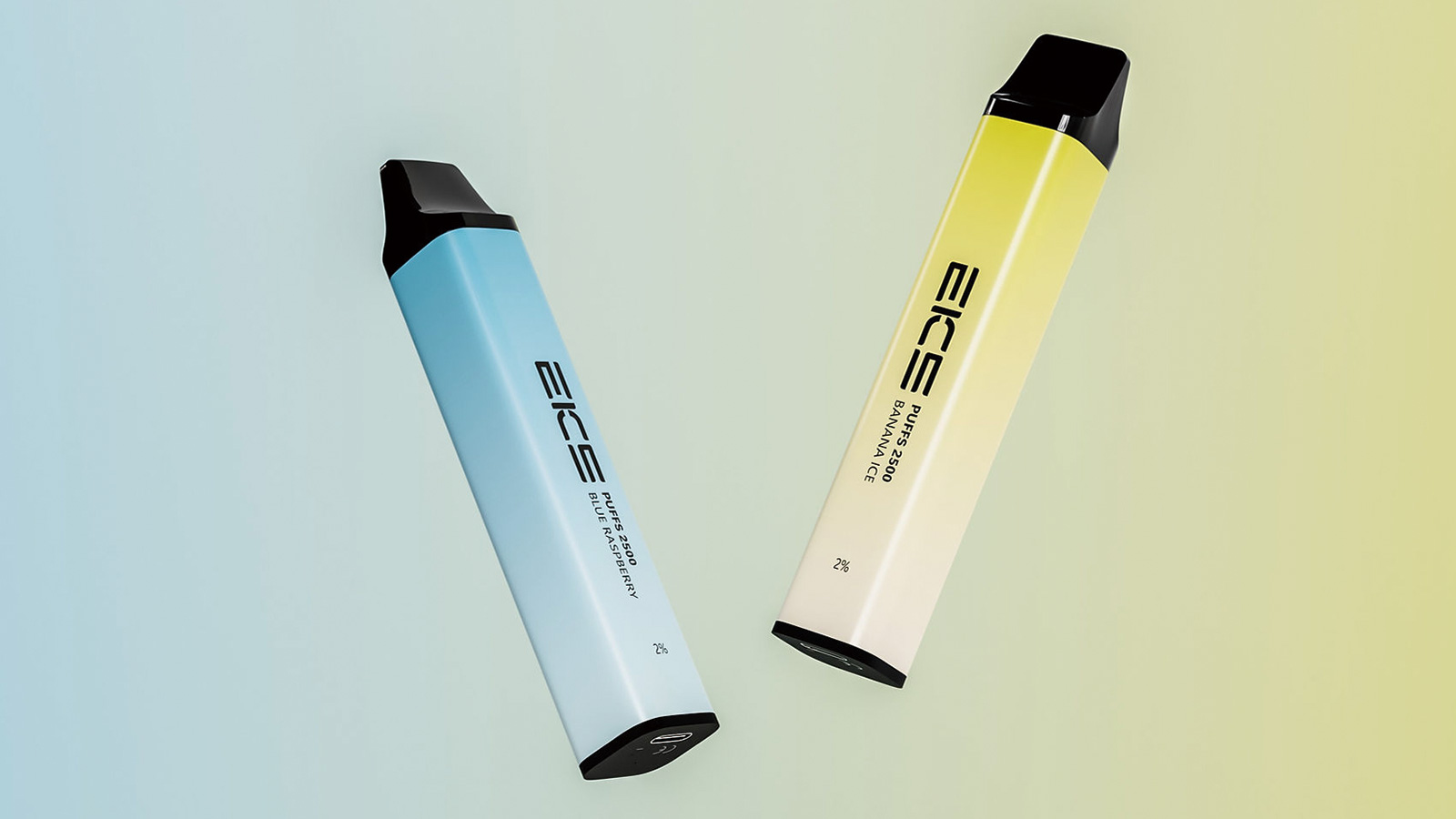In the competitive global vape industry, selecting the right manufacturing partnership—OEM (Original Equipment Manufacturing) or ODM (Original Design Manufacturing)—can make or break your brand’s success. Both models offer unique benefits, but their suitability depends on your brand’s goals, resources, and market strategy. This guide breaks down the key differences to help you make an informed decision.
What Is Vape OEM?
OEM involves partnering with a manufacturer to produce vape devices based on your brand’s existing designs, specifications, and intellectual property (IP). The manufacturer’s role is strictly production: they source materials, assemble products, and adhere to your quality standards, but do not contribute to product design.
Key Advantages of OEM:
- Full control over product design, ensuring alignment with your brand identity.
- Exclusive ownership of IP, preventing competitors from using your unique features.
- Flexibility to tweak designs based on customer feedback without relying on the manufacturer.
Best for: Established brands with in-house design teams, existing IP, or specific product visions (e.g., premium vape pens with custom ergonomics).
What Is Vape ODM?
ODM shifts design responsibility to the manufacturer: they create ready-to-market vape devices (including hardware, software, and compliance) that your brand rebrands and sells. You may request minor tweaks (e.g., color, logo), but the core design remains the manufacturer’s.
Key Advantages of ODM:
- Faster time-to-market: Skip the design phase and launch products in weeks (vs. months for OEM).
- Lower upfront costs: No need to invest in design teams, prototyping, or IP development.
- Built-in compliance: Manufacturers handle regulatory requirements (e.g., FDA, TPD) for global markets.
Best for: Startups, small brands, or those entering new markets quickly (e.g., disposable vapes for emerging regions).
OEM vs. ODM: Key Comparison Table
How to Choose the Right Model
1. Evaluate your resources: If you have a design team and budget for IP, OEM is ideal. If not, ODM reduces risk.
2. Consider market speed: Entering a fast-changing market (e.g., disposable vapes) calls for ODM. For a unique, long-term product, choose OEM.
3. Prioritize compliance: For markets with strict regulations (e.g., EU TPD), ODM’s pre-certified designs save time.
4. Think long-term: OEM builds brand uniqueness; ODM is better for testing markets before scaling.
Ultimately, there’s no “one-size-fits-all” solution. Many brands use a hybrid approach: ODM for quick market tests and OEM for core, high-margin products.



